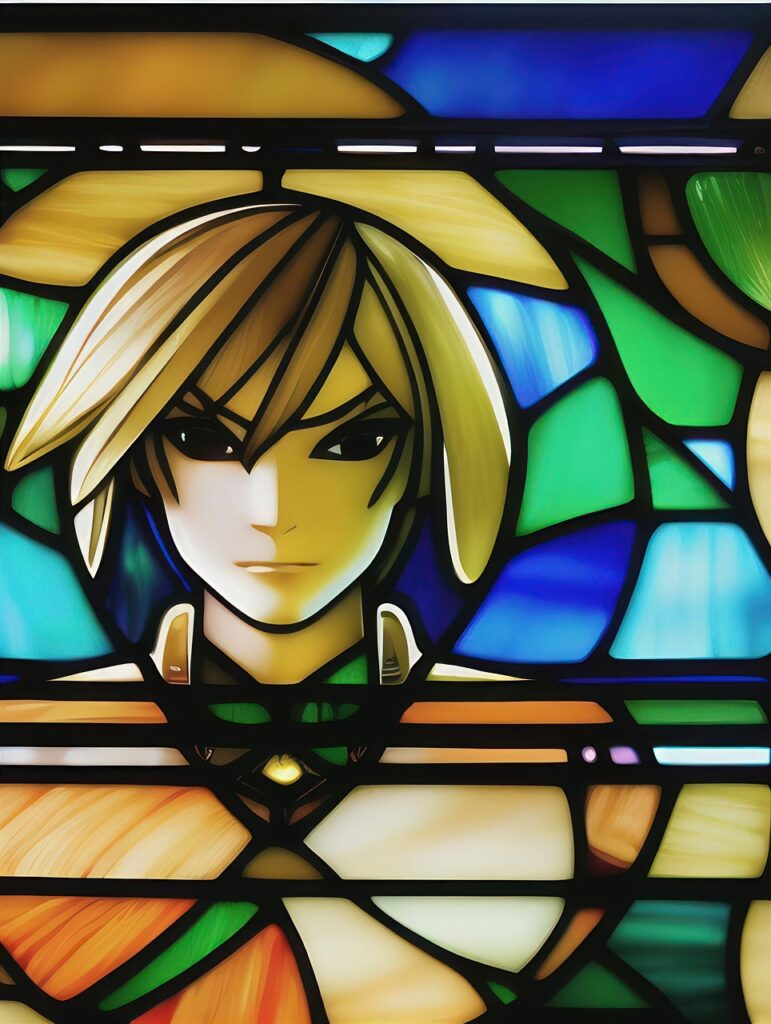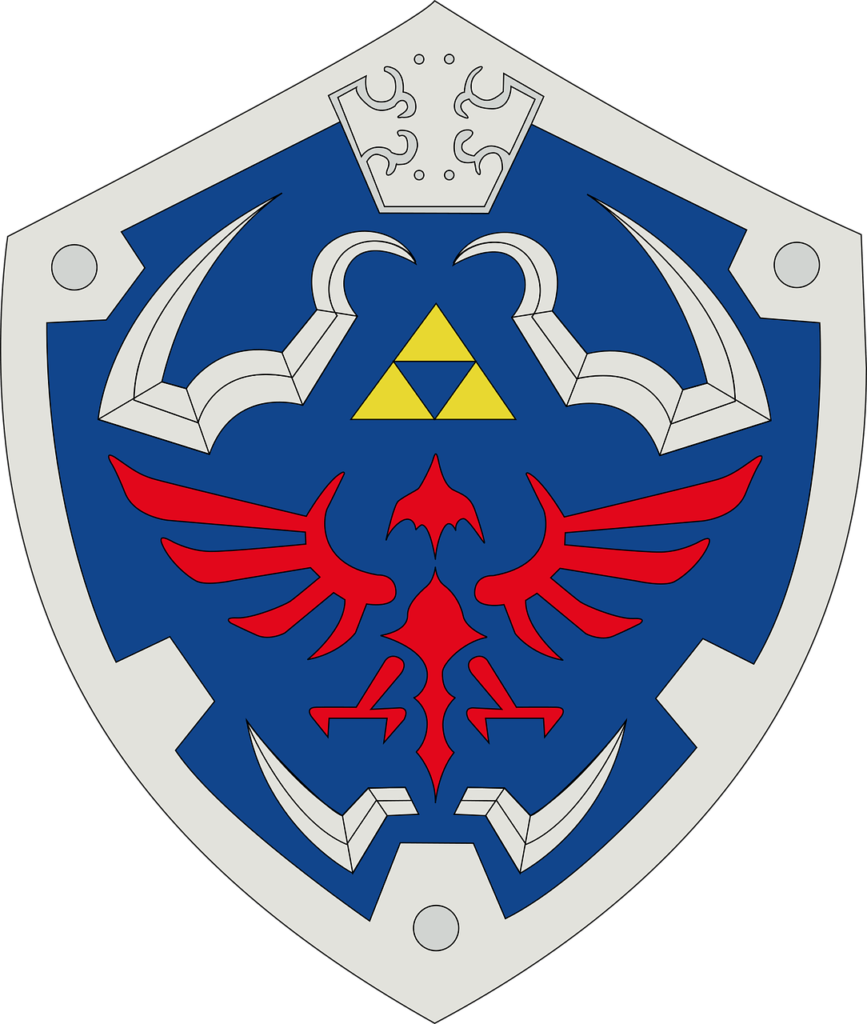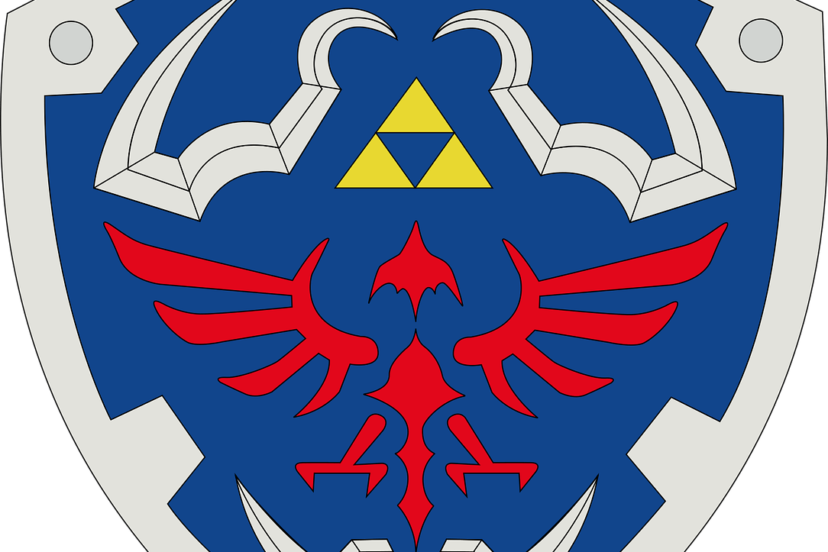What Is The History Of The Legend Of Zelda Series?
The magical world of Hyrule, rich with adventure and timeless legends, has captivated gamers for over three decades. From its humble beginnings on the NES in 1986 to its expansive, open-world experiences on the Switch, the Legend of Zelda series has evolved immensely while retaining its core essence and charm. Each installment introduces you to new realms and challenges, yet always feels like revisiting an old friend. Whether you’re solving intricate puzzles, battling fierce enemies, or exploring vast landscapes, the series offers a journey that is uniquely yours. Discover the enchanting history and evolution of the Legend of Zelda series—an epic saga that has enchanted generations of gamers and continues to shape the future of adventure gaming. Have you ever wondered about the rich history behind “The Legend of Zelda” series? Whether you’re a long-time fan or a newcomer to the world of Hyrule, the journey through this legendary series is nothing short of fascinating and epic. Let’s dive deep into the origins, development, and landmark moments of one of gaming’s most enduring franchises.

The Origins of The Legend of Zelda
The Birth of a Legend
The origin story of “The Legend of Zelda” begins in the mid-1980s when game designer Shigeru Miyamoto and his team at Nintendo sought to create a game that merged exploration with puzzle-solving. Released in 1986 for the Famicom Disk System in Japan and 1987 for the Nintendo Entertainment System (NES) in North America, the first game set the tone for what would become a legendary series.
Miyamoto drew inspiration from his childhood experiences of exploring the Japanese countryside, which translated into a game that encouraged players to wander and discover secrets. This sense of adventure became a cornerstone of the series.
Early Development and Innovative Features
The original game introduced several groundbreaking features, including an open-world layout, non-linear gameplay, and a save feature that used a battery-backed RAM. These innovations allowed players to record their progress, making for a more engaging and prolonged gaming experience.
| Feature | Impact |
|---|---|
| Open-World | Provided unparalleled freedom to explore at the player’s own pace. |
| Non-Linear | Allowed multiple ways to tackle challenges and objectives. |
| Save Feature | Enabled players to save progress, leading to longer and deeper gameplay. |
The Evolution of the Series
Expanding the Universe: The Adventure of Link
The second installment, “Zelda II: The Adventure of Link,” released in 1987/1988, took a different approach by introducing side-scrolling action elements and RPG mechanics. Though it was a departure from the original’s top-down perspective, it contributed to the series’ lore and showcased Nintendo’s willingness to experiment.
Return to Form: A Link to the Past
“A Link to the Past,” released in 1991 for the Super Nintendo Entertainment System (SNES), marked a return to the top-down view and reestablished the franchise’s defining gameplay elements. This game introduced the concept of two parallel worlds and laid the foundation for many future titles.
Stepping into the 3D Realm: Ocarina of Time
The transition to 3D came with “The Legend of Zelda: Ocarina of Time” for the Nintendo 64 in 1998. This game revolutionized the series and the gaming industry as a whole with its innovative use of 3D graphics, targeting systems, and expansive world-building.
Ocarina of Time’s influence is so profound that it is often hailed as one of the greatest video games of all time. It introduced key elements like the Z-targeting system and time-travel mechanics, which became staples in future games.
Beyond Ocarina: Majora’s Mask and Oracle Games
Following the success of Ocarina of Time, “Majora’s Mask” was released in 2000 for the Nintendo 64, using the same engine but focusing on a darker narrative and a time-loop mechanic. Meanwhile, the Oracle series, “Oracle of Ages” and “Oracle of Seasons,” brought the adventure to the Game Boy Color, adding unique gameplay elements tied to controlling time and seasons.

The GameCube and Wii Era
The Wind Waker: Embracing Cel-Shaded Graphics
In 2002, “The Legend of Zelda: The Wind Waker” introduced a bold new art style with its cel-shaded graphics, which initially received mixed reactions but later garnered acclaim for its timeless and expressive design. The game retained the series’ core mechanics while adding sailing and a vast, oceanic world.
Twilight Princess: A Return to Darker Themes
“Twilight Princess,” released in 2006 for both the GameCube and Wii, offered a more mature and darker aesthetic, similar to “Ocarina of Time.” It became one of the best-selling games for the Wii, known for its compelling story and motion-control swordplay.
Phantom Hourglass and Spirit Tracks
Continuing the series on handhelds, “Phantom Hourglass” and “Spirit Tracks” for the Nintendo DS made use of the touchscreen to control Link’s movements and interactions. These games were direct sequels to “The Wind Waker,” featuring similar graphics and a focus on puzzle-solving and exploration.
Modern Era and Breath of the Wild
Skyward Sword: Motion Controls and Lore Expansion
In 2011, “The Legend of Zelda: Skyward Sword” utilized the Wii’s MotionPlus accessory to offer one-to-one motion control for swordplay and other actions. The game delved deeper into the lore of the series, explaining the origins of key elements like the Master Sword.
A New Generation: Breath of the Wild
“Breath of the Wild,” released in 2017 for the Nintendo Switch and Wii U, redefined the series with its open-world design and emphasis on player freedom. It received widespread acclaim for its innovative gameplay mechanics, stunning visuals, and the sheer scale of its world.
This game brought back the sense of discovery and exploration that defined the original title, but on a much grander scale, allowing for unprecedented levels of player interaction with the environment.

Spin-Offs and Multimedia Expansions
Hyrule Warriors and Cadence of Hyrule
The series has also branched out into spin-offs and crossovers, such as “Hyrule Warriors,” a hack-and-slash game inspired by the “Dynasty Warriors” series, and “Cadence of Hyrule,” a rhythm-based adventure game. These spin-offs offer different gameplay experiences while retaining the hallmark elements of the Zelda universe.
Animated Series and Manga
Over the years, “The Legend of Zelda” has expanded into various forms of media, including an animated TV series in the late ’80s and numerous manga adaptations that explore different facets of the stories and characters.
Legacy and Impact
Influence on Gaming
“The Legend of Zelda” series has had a massive impact on the gaming industry, influencing countless other titles with its innovative mechanics, engaging storytelling, and complex puzzles. Games like “Dark Souls” and “Horizon Zero Dawn” have drawn inspiration from the open-world and intricate design elements pioneered by the Zelda series.
Awards and Recognition
The series has garnered numerous awards and accolades over the years, affirming its status as one of the most influential and beloved franchises in gaming history. Major entries like “Ocarina of Time,” “The Wind Waker,” and “Breath of the Wild” often appear on lists of the greatest video games of all time.
The Future of The Legend of Zelda
Upcoming Titles and Speculations
With the announced sequel to “Breath of the Wild,” fans eagerly await the next chapter in this storied franchise. Nintendo has remained tight-lipped about many details, fueling excitement and speculation about what new innovations and adventures lie ahead.
Continuous Evolution
The beauty of “The Legend of Zelda” series lies in its ability to evolve while staying true to its core principles of adventure, exploration, and mystery. Whether through groundbreaking gameplay mechanics or expanding the lore, the series continues to captivate and inspire new generations of gamers.
Conclusion
From its humble beginnings in the 1980s to its current status as a gaming juggernaut, “The Legend of Zelda” series has carved out a unique and enduring legacy. Each installment, while different, contributes to a rich tapestry of storytelling, innovation, and adventure. As we look forward to future titles, one thing is clear: the legend is far from over, and the world of Hyrule will continue to enchant and inspire for years to come.
So, next time you embark on a quest in “The Legend of Zelda,” remember that you’re partaking in a storied tradition that spans decades—a true testament to the power of imaginative game design and timeless narratives. Now, grab your Master Sword and shield; there are more adventures awaiting in the land of Hyrule!




